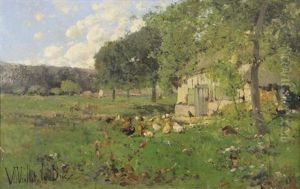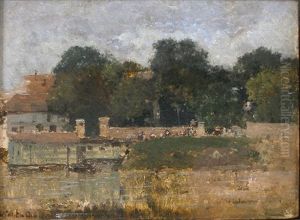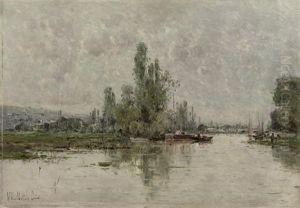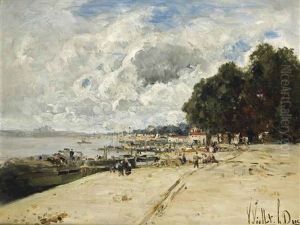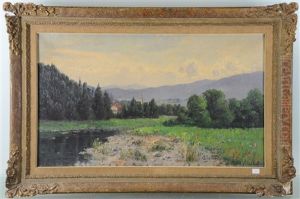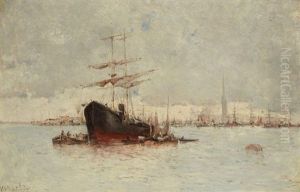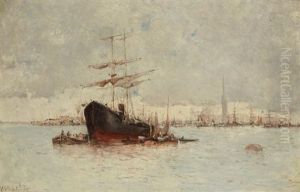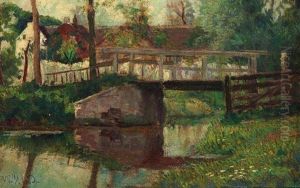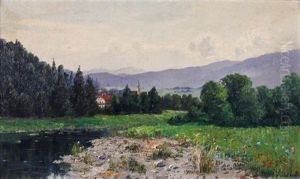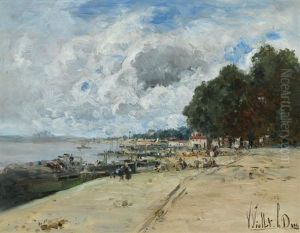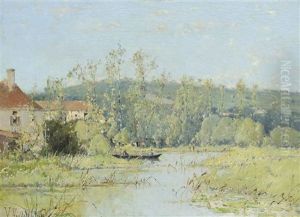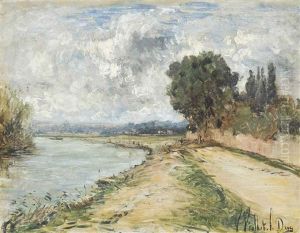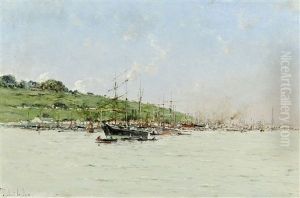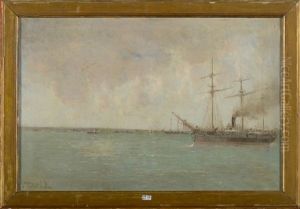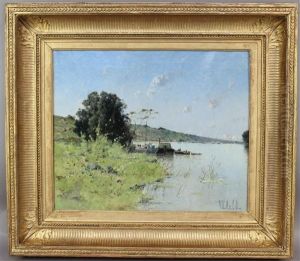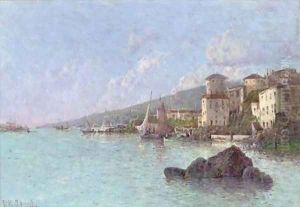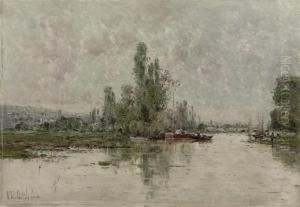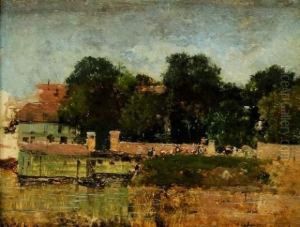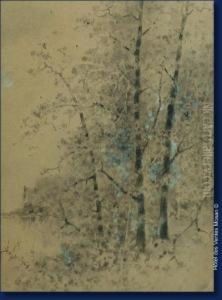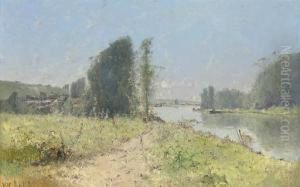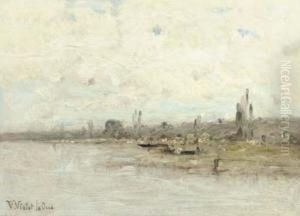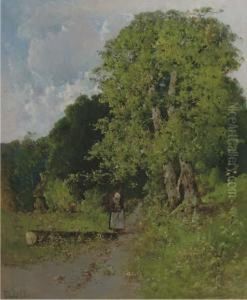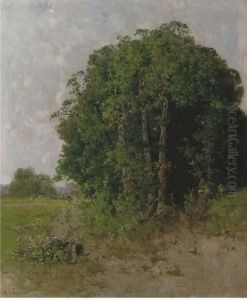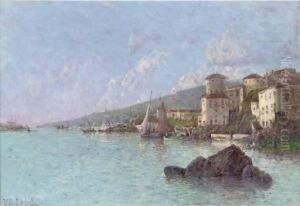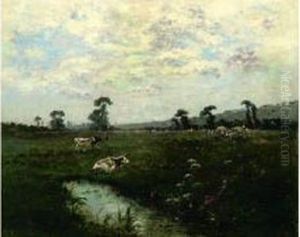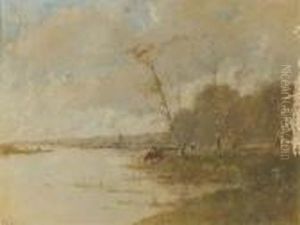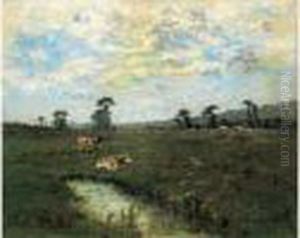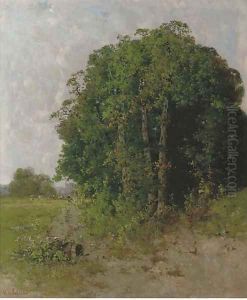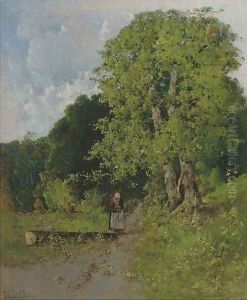Victor Viollet-Le-Duc Paintings
Eugène Emmanuel Viollet-le-Duc was a French architect and theorist, famous for his interpretive restorations of medieval buildings. Born in Paris on January 27, 1814, into a family with strong connections to the arts, Viollet-le-Duc was educated at the Lycée Henri-IV and later took courses in architecture. Despite not completing formal architectural training, his passion and dedication to the field led him to become one of the most influential architects of the 19th century.
Viollet-le-Duc is best known for his restorations of medieval French cathedrals and castles, most notably the restoration of Notre-Dame de Paris, the city walls of Carcassonne, the Sainte-Chapelle, and Mont Saint-Michel. His approach to restoration was both celebrated and controversial; he often reconstructed buildings according to his own interpretations of medieval architecture, sometimes adding elements that were not originally present. This practice led to debates about historical accuracy versus artistic expression in restoration work.
Beyond his restoration projects, Viollet-le-Duc made significant contributions to architectural theory. He published several influential works, including 'Dictionnaire raisonné de l'architecture française du XIe au XVIe siècle' (A reasoned dictionary of French architecture from the 11th to the 16th century) and 'Entretiens sur l'architecture' (Discourses on Architecture), which have become foundational texts in the study of Gothic architecture and 19th-century architectural thought. In these works, he advocated for the use of modern materials and techniques in restoration, and he emphasized the importance of functionality, structural rationalism, and the expressive potential of architecture.
Viollet-le-Duc's ideas also extended beyond architecture to influence the fields of art and design, contributing to the development of the Gothic Revival movement in Europe and the United States. His teachings and architectural philosophies inspired a generation of architects, including American architect Frank Lloyd Wright.
Eugène Emmanuel Viollet-le-Duc passed away on September 17, 1879, in Lausanne, Switzerland. His legacy is a complex tapestry of pioneering restoration work, influential architectural theory, and a somewhat contentious approach to historical preservation. Despite the debates surrounding some of his restorations, his impact on the field of architecture and on the preservation and appreciation of medieval buildings remains undeniable.
